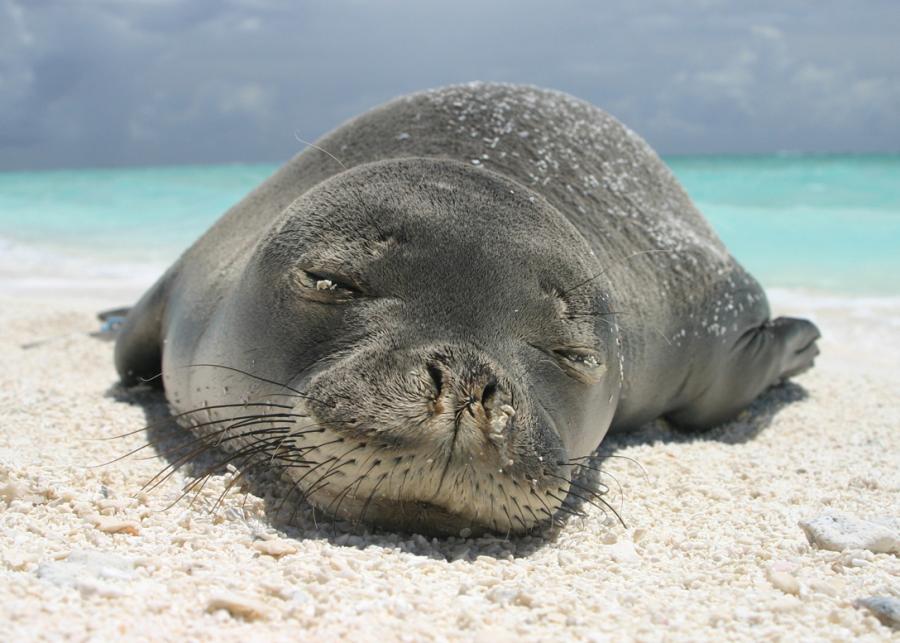
Which Endangered Species Should We Save
Imagine you worked in a hospital where many people required medical attention but you had limited staff and resources to treat them. How would you prioritize patients? Some might argue you should first go for the patients with critical needs whereas others may argue you should treat those who had the best chance of survival.
In a recent article in Outside magazine, Dr. Leah Gerber, professor at Arizona State University and one of the leaders of a research Pursuit at the National Socio-Environmental Synthesis Center (SESYNC), discusses how the U.S. Fish and Wildlife Service (USFWS) has to make similar choices when deciding which threatened and endangered species receive attention. The USFWS is tasked with protecting the 1,275 species under the Endangered Species Act (ESA), but they face a limited budget. And as more species become threatened with more human influence of landscapes and climate, the USFWS will have to make decisions on which species to prioritize and which to let go.
The SESYNC research team, led by Dr. Gerber and Dr. Mike Runge of the U.S. Geological Survey, is working to assess these decision-making processes and to create a decision-tool that helps the USFWS to allocate funds in the most impactful way, given financial constraints.
Dr. Gerber’s 22-member-team, called ESA Decision Making, includes conservationists, economists, and government officials from the U.S., New Zealand, and Australia. They propose a “species triage” approach, which uses data and models to determine the best use of limited funds to protect the most species. New Zealand and Australia have already implemented similar approaches, but this method has not yet been implemented in the United States.
Dr. Gerber’s research shows that some species get more funding than they need while others are drastically under-funded, and her 2016 paper in the Proceedings of the National Academy of Sciences found that less than 25 percent of ESA money went towards species recovery, a critical need for species facing near-extinction. In this paper, she proposes re-prioritizing funding away from “costly yet futile” species and towards more recoverable species.
USFWS is working with Gerber and her team on this framework and told Outside magazine, “With limited Endangered Species Act funds available, it is incumbent on us to make smart choices for the benefit of our nation’s most imperiled species. To that end, we value all information that can help us in developing a more strategic approach to allocating these limited resources to the best effect.”
Read the full Outside magazine article here. Read more about SESYNC’s ESA Decision Making science team here.